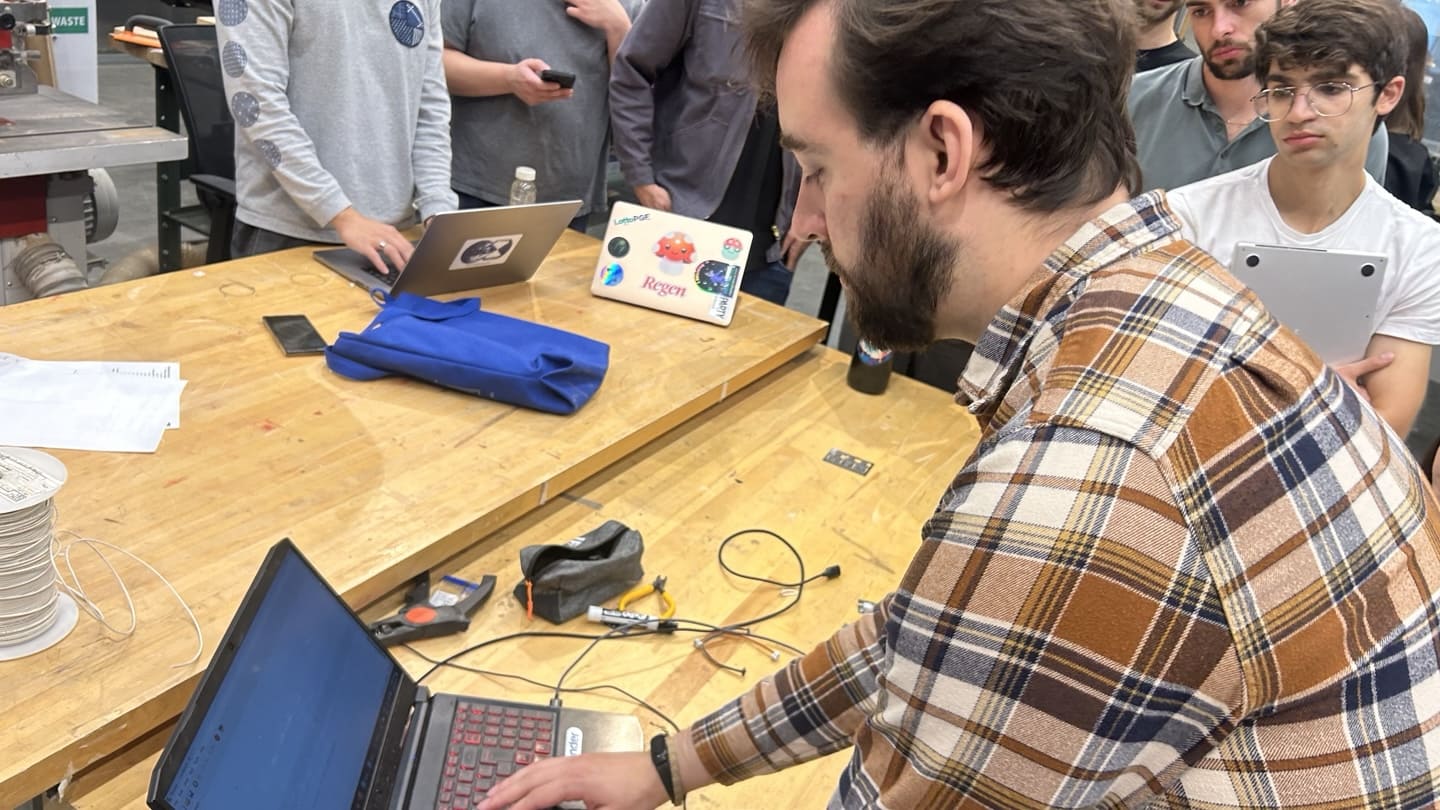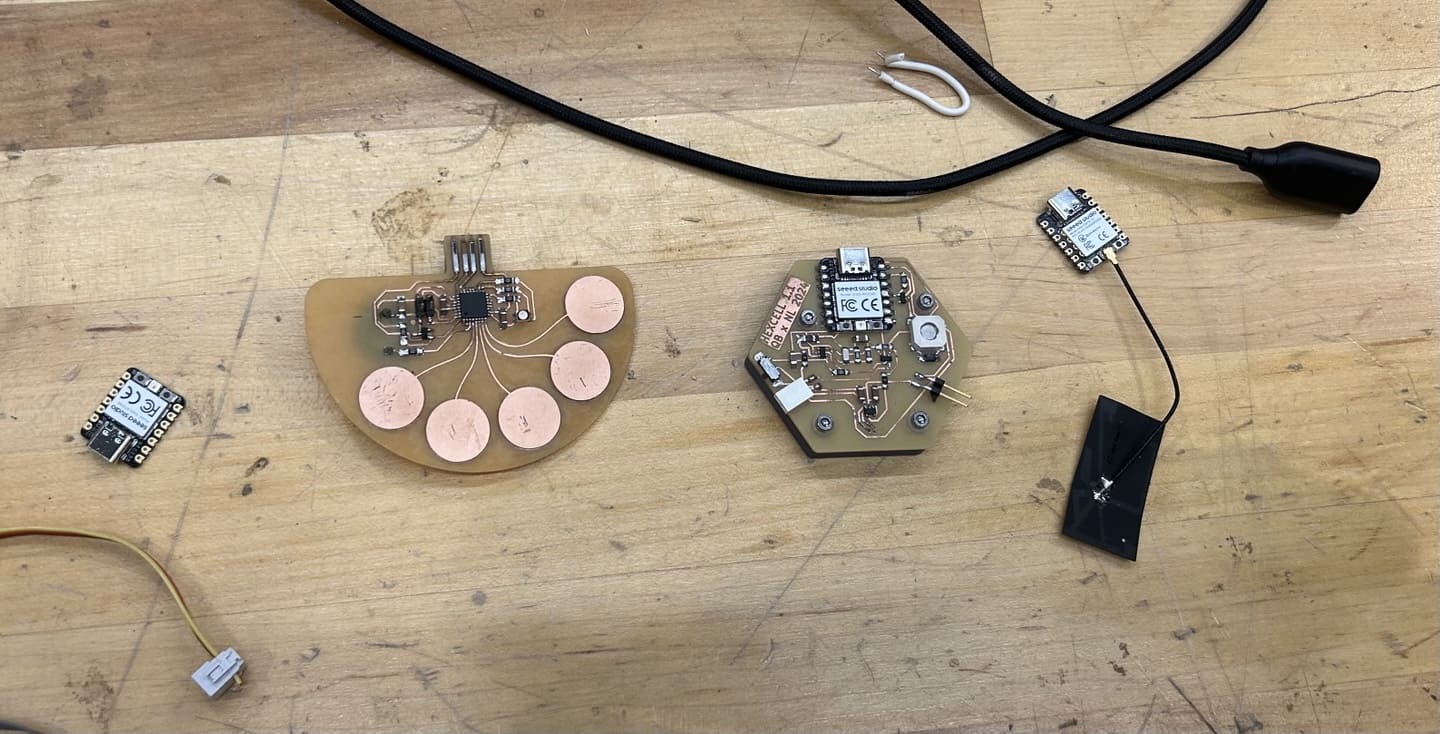Microcontrollers - Group Work


As part of the group work, we learned different types of microcontrollers: ATTINY in AVR8 family and SAMD, RP2040, and ESP32 in the ARM32 family. We also compared different microcontrollers to understand which would best serve our needs.
Through this process, I was able to gain a better understanding of how power consumption, processing speed, and peripheral compatibility could influence the choice of microcontroller for specific applications.
For example, the ATTINY's low power consumption made it ideal for simple, energy-efficient projects, while the ESP32's versatility made it well-suited for more complex IoT applications requiring real-time connectivity.
Overall, this exercise provided valuable insights into selecting the right microcontroller for a given task, depending on the project’s needs, constraints, and potential scalability.
Comparing Microcontrollers

Embedded Programming - Individual Work

I used ESP32-C3’s pinout diagram to connect a simple LED, testing it out with Arduino’s basic Blink example, then added more functionalities to create my individual weekly assignment.
Then, for my weekly assignment, I developed a daily supplements reminder using the WokWi simulator, triggered when someone approaches the bed. When a person comes near the bed at a specific time, signaling they are about to go to sleep, the device displays "time to take pills" on the screen, along with a sound and light notifications. Although these extra features aren't all necessary to fulfill the assignment's objectives, I added them to practice configuring the wiring for other potential functionalities.

Click here to Simulate Yourself!
Here's the code:

